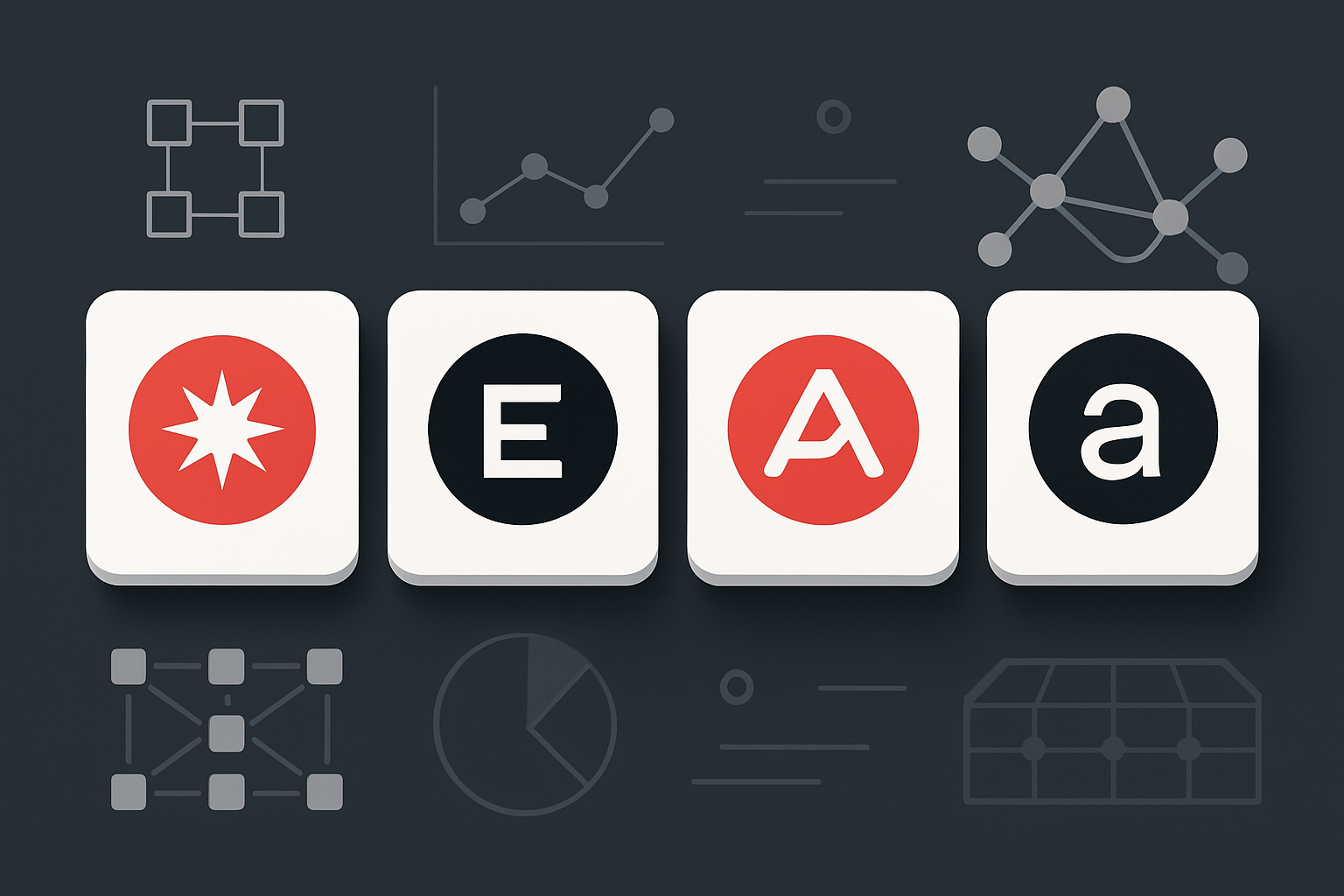
Quantum computing is no longer a distant threat; in 2025, its presence has become a catalyst for blockchain innovation. As quantum machines edge closer to practical decryption capabilities, the crypto ecosystem must adapt. Modular data availability (DA) layers are emerging as a cornerstone of post-quantum blockchain resilience, offering a flexible defense against quantum-enabled attacks while boosting scalability and security. Let’s explore how these modular DA layers are reshaping the blockchain landscape for the quantum era.

Quantum Threats and the Urgency for Blockchain Reinvention
The rise of quantum computing threatens traditional cryptographic protocols that secure today’s blockchains. Algorithms like RSA and ECDSA, widely used for digital signatures and transaction validation, could be broken by sufficiently advanced quantum computers. This vulnerability has spurred global initiatives such as the Post-Quantum Financial Infrastructure Framework (PQFIF), which now underpins institutional Bitcoin custody systems in major banks (SEC. gov). The urgency is clear: without robust post-quantum safeguards, everything from decentralized finance to NFT ownership could be at risk.
Enter modular data availability layers. Unlike monolithic blockchains where consensus, execution, and data storage are tightly coupled, modular architectures decouple these functions. This separation allows DA layers to independently integrate cutting-edge post-quantum cryptography, like CRYSTALS-Dilithium digital signatures, without overhauling the entire network stack. By isolating data availability from execution and consensus, these layers provide a nimble platform for rapid cryptographic upgrades as new quantum threats emerge.
How Modular Data Availability Layers Work in 2025
The technical leap made by projects like Celestia and Avail lies in their ability to guarantee that all transaction data is available for verification, even if some nodes go offline or act maliciously. They achieve this through mechanisms such as erasure coding and polynomial commitments, which ensure that even if only a subset of data is present on-chain, it can be reconstructed with mathematical certainty.
In 2025’s context, these DA solutions have evolved to incorporate post-quantum cryptographic algorithms. For example:
- CRYSTALS-Dilithium: A leading candidate for post-quantum digital signatures now integrated into several DA protocols (read more about modular architecture advances)
- ZK-STARKs: Zero-knowledge proofs resistant to quantum attacks are used for succinct on-chain verification without revealing sensitive information
- Threshold encryption: Distributed key management ensures that even if some validators are compromised by quantum adversaries, the system remains secure (ScienceDirect. com)
This modular approach isn’t just theoretical. According to recent technical analyses (Data Availability Solutions in 2025 or Sunrise – Medium), these innovations have created clear advantages over legacy blockchains, enabling higher throughput without sacrificing security or user privacy.
The Modular Advantage: Adaptability Meets Quantum Safety
The beauty of modular DA layers lies in their adaptability. As new post-quantum algorithms are standardized or existing ones improved upon, they can be adopted at the DA layer level without disrupting application logic or consensus rules higher up the stack. This flexibility is vital for sectors where security and compliance evolve rapidly, for example, IoT deployments now leverage multi-layered frameworks combining blockchain with fully homomorphic encryption and decentralized storage (MDPI).
This design philosophy also enables sector-specific optimizations:
- Healthcare blockchains: Optimized proof-of-work paired with GPU-accelerated encryption ensures patient records remain confidential even under quantum attack scenarios (Blockchain in Healthcare Today)
- Institutional finance platforms: PQFIF-compliant custody solutions leverage modular DA to protect high-value assets from future decryption threats (SEC. gov)
- IoT networks: Multi-scale consensus mechanisms combined with decentralized storage provide robust defenses against both classical and quantum adversaries (MDPI)
This ongoing evolution underscores why modularity isn’t just a buzzword, it’s an architectural necessity for any blockchain aiming to thrive in a post-quantum world.
Looking ahead, the modular data availability (DA) paradigm is already setting new benchmarks for quantum safe blockchain infrastructure. By decoupling data availability from consensus and execution, DA layers can rapidly integrate post-quantum cryptographic primitives as they mature, without requiring disruptive hard forks or risking downtime. This agility is especially critical as quantum computing research accelerates and new attack vectors emerge.
Real-World Impact: Resilience in Action
The transition to post-quantum security isn’t just a theoretical exercise. In 2025, we’re seeing live deployments where modular DA layers are actively fortifying blockchains against quantum threats. For example, leading DA projects have implemented Proof-of-Archival-Storage systems that combine erasure coding with post-quantum signatures, ensuring that any attempt to tamper with historical data is instantly detectable, even by future quantum adversaries.
Financial institutions and healthcare providers are also leveraging these advances. With frameworks like PQFIF now underpinning institutional wallets, even high-value Bitcoin custody systems are future-proofed against quantum decryption attempts. Meanwhile, healthcare blockchains use modular DA to meet stringent regulatory requirements for patient data privacy while maintaining scalability and auditability.
Challenges and What Comes Next
No technology shift comes without challenges. Integrating post-quantum cryptography into DA layers can increase computational overhead and network latency, especially as algorithms like CRYSTALS-Dilithium require larger key sizes than legacy ECDSA. However, ongoing optimization in code libraries and hardware acceleration (such as GPU-powered encryption) are rapidly closing these performance gaps.
The biggest challenge may be interoperability: as different blockchains adopt varying post-quantum standards at different rates, cross-chain communication could become fragmented. Modular DA solutions offer a partial remedy by enabling standardized data availability protocols that can bridge otherwise incompatible networks, an essential feature for the future of decentralized finance and multi-chain dApps.
Why Modularity Matters for Blockchain Scalability and Security
Ultimately, the synergy between modularity and post-quantum cryptography offers a path toward both scalability and security. With decoupled DA layers, blockchains can scale horizontally, adding more nodes or shards without compromising on data integrity or exposing themselves to quantum-driven exploits. This approach also empowers developers to focus on application logic while relying on the underlying DA layer to keep pace with evolving cryptographic threats.
If you’re building or researching decentralized applications in 2025, understanding how modular data availability works, and how it integrates with post-quantum security, is no longer optional. It’s essential for anyone serious about long-term blockchain resilience.

For a deeper dive into how these modular strategies solve scalability and data integrity challenges in next-generation networks, check out our comprehensive guide: How Modular Blockchain Architectures Solve Data Availability and Scalability in 2025.






